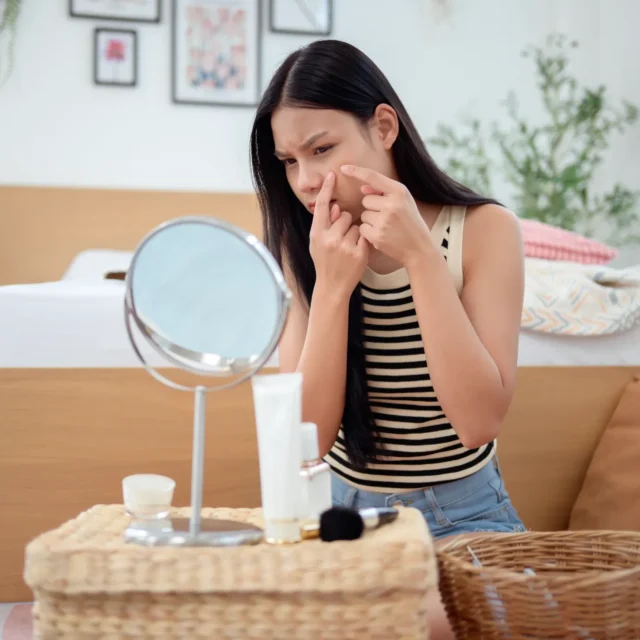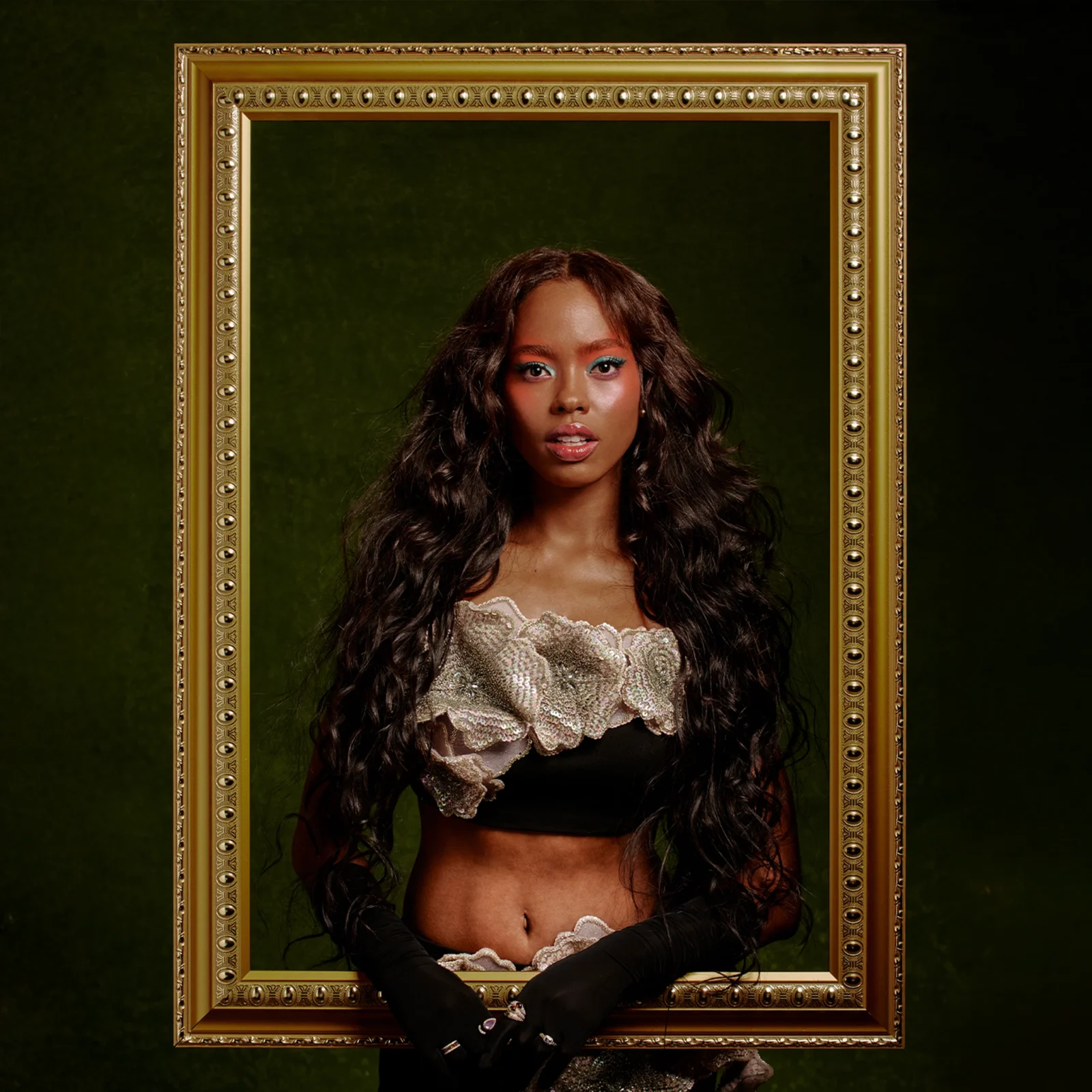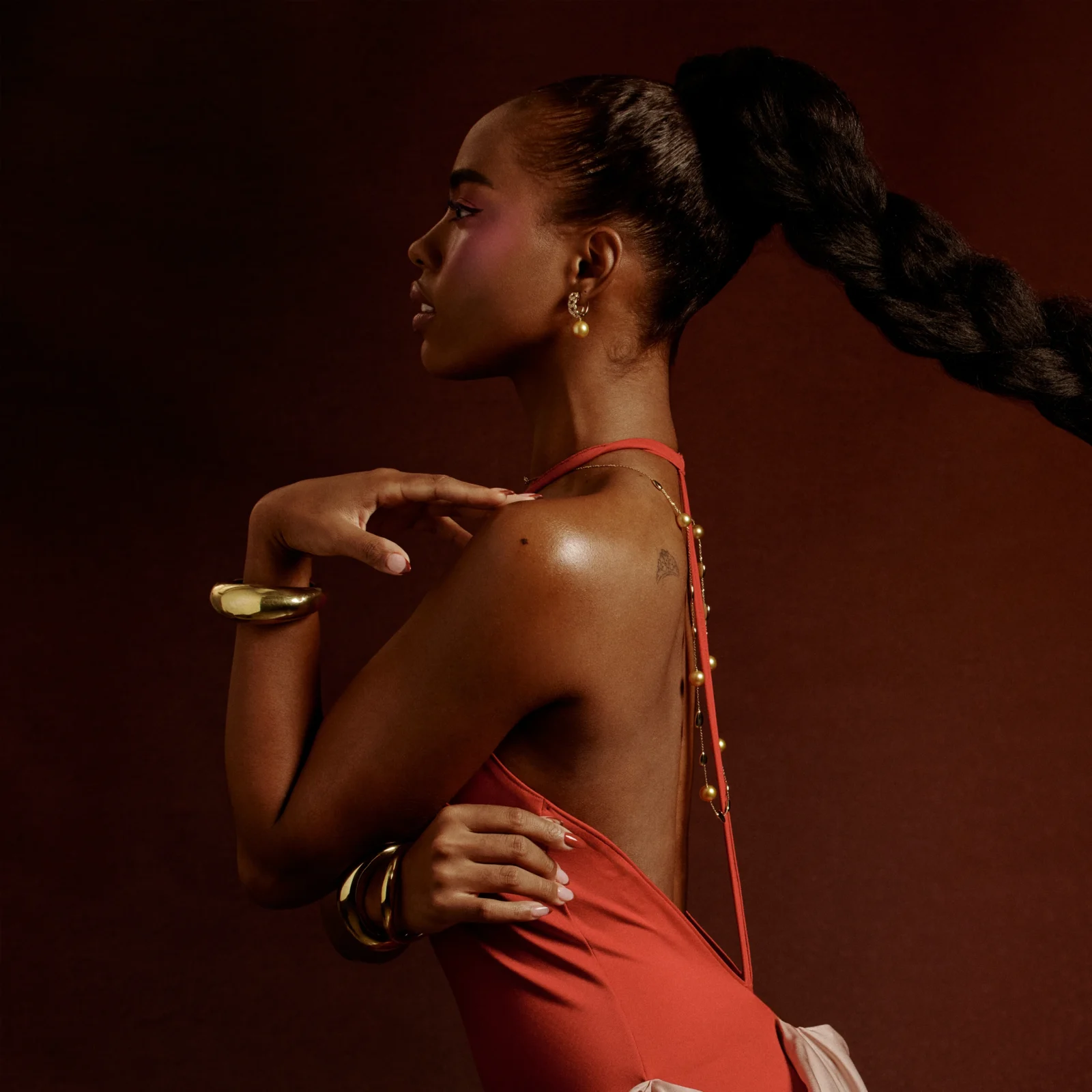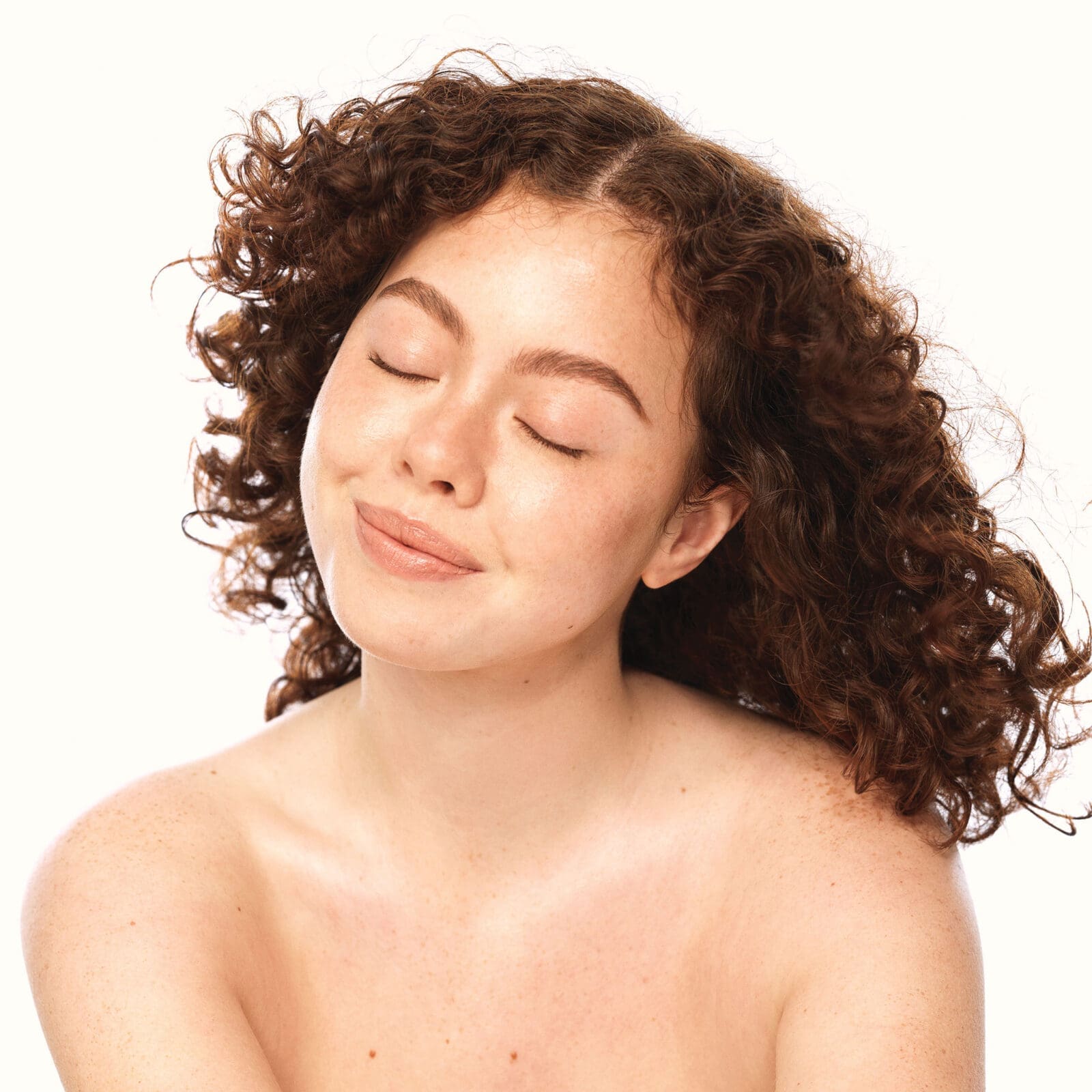Before Diving In: How to Protect Your Hair Before and After Swimming
Get in the water without sacrificing your hair’s health.
By Bianca Gozon
Living in the Philippines, we’re spoiled with some of the best beaches in the world. During summer—or any time the weather gets hot, TBH—a dip in the pool or a road trip to the nearest beach town is second nature to us.
But even paradise has its drawbacks. Just recently, I noticed something unsettling after dipping in the pool. Living with bleached hair, my once-silky strands suddenly felt dry and coarse. I’m talking less wispy and more walis-tambo. It got me thinking: Why did my hair dry out so fast after just one swim in the chlorinated pool?
Why hair dries out quickly after a swim
“Chlorine and saltwater exposure are drying and can strip away our skin’s natural oils,” says Blythe Ke, MD, a board-certified dermatologist and hair transplant specialist. And these natural oils are critical for locking in moisture. Without them, hair becomes dry, brittle, and more prone to breakage. “Some people with predisposing skin conditions like eczema and seborrheic dermatitis (dandruff) may experience flares when swimming,”
A 2024 study in the Open Access Research Journal of Biology and Pharmacy mentions that chronic exposure to pool disinfectants causes hair to have split ends because it weakens the internal hair structure, induces oxidative stress, and increases hair porosity. That’s because chlorine binds to keratin—the protein that gives our hair structure—stripping away essential natural oils in the process.
As it turns out, some hair types suffer more than others. Rafael Fortus, MD, medical director of hair restoration in Clinique de Paris, explains that certain hair types are more vulnerable than others when exposed to chlorinated or saltwater:
Dark, straight hair
This hair type is generally the strongest in structure, but prolonged exposure to sun and chlorine can still dehydrate strands and irritate the scalp.
Fine, thin hair (e.g. blonde)
It’s less porous, but structurally delicate. For this hair type, frequent exposure to chemicals or seawater can lead to limp, fragile strands.
Curly or textured hair
Because this type of hair is naturally more porous, it’s prone to dryness, brittleness, and moisture loss.
Colored, bleached, or relaxed hair
Love chemically treating your hair? Know that this hair type is the most vulnerable because of its weakened outer shaft, often resulting in a straw-like texture and breakage. (No wonder my bleached hair couldn’t hold up after a single swim!)
A swim + UV rays = not the best combo
If you thought chlorine alone was harsh, pair it with sun exposure, and things get even worse. “When paired with sun exposure, [chlorine] can leave your hair and scalp dry, brittle, and tangled,” says Rose Velasco, master colorist and technical director of JuRo Salon Exclusif. “This is largely due to their pH levels—pool water usually sits between 7.2 and 7.8, while seawater averages around 8.1—creating an environment that can disrupt your hair’s natural balance and lead to damage.”
And while a 2025 article in the Brazilian Journal of Hair Health found that while seawater doesn’t cause protein loss the same way chlorine does, it still contributes to hair damage—especially if your hair is bleached or dyed.
You can still protect your hair before and after you take a plunge
I’ll be the first to say that knowing all this won’t be enough to keep me out of the water. There are ways to keep your hair healthy while you cool down, and we turned to experts Dr. Fortus, Dr. Ke, and Velasco for their best tips.
Rinse your hair before and after swimming
This helps reduce how much chlorinated or salty water your hair absorbs. After swimming, rinse again immediately to wash away any residue.
Create a protective barrier
Before swimming, apply a leave-in conditioner, hair serum, or hair oil to shield your strands from damage. You can also wear a swim cap to minimize exposure, especially if your hair is color-treated or chemically-processed.
Use the right shampoo and conditioner
After rinsing, cleanse your hair with a clarifying shampoo (preferably sulfate-free) to remove chlorine or salt build-up and restore your hair and scalp’s natural pH. Follow up with a hydrating conditioner or mask to replenish lost moisture and prevent dryness and tangling.
Be gentle when detangling
Avoid harsh brushing right after swimming. Instead, detangle your hair gently with fingers or use a wide-tooth comb while conditioning.
Limit heat styling
Air-dry your hair whenever possible. If you need to use heat tools, always apply a heat protectant to avoid further damage and color fading.
Give your hair time to recover after a treatment
Avoid swimming for at least a week after coloring your hair to prevent dehydration, breakage, and fading.
Trim regularly
Keep split ends at bay by trimming your hair regularly to prevent further damage.
Expert-approved hair care ingredients and products
If you’re looking for hair care heroes, Dr. Fortus recommends opting for formulas with keratin, biotin, amino acids, and scalp-hydrating ingredients like hyaluronic acid and vitamin E. Skip anything with sulfates or alcohol, which can dry your hair further.
When it comes to tried-and-true favorites, Velasco swears by the vegan, sulfate-free Kerasilk hair care line, such as the Smoothing Shampoo and Conditioner, Recovery Mask, and Strengthening Mask, all of which include UV protection.
Kerasilk Smoothing Shampoo and Conditioner
With our endless access to sun, sand, and sea, it’s no surprise that swimming and beach days are a staple of Filipino life. Armed with the right protection and treatments, you can keep your hair healthy and vibrant no matter how often you take the plunge. So here’s to enjoying the water—without sacrificing your strands.
Latest Stories
You might also like
To provide a customized ad experience, we need to know if you are of legal age in your region.
By making a selection, you agree to our Terms & Conditions.







